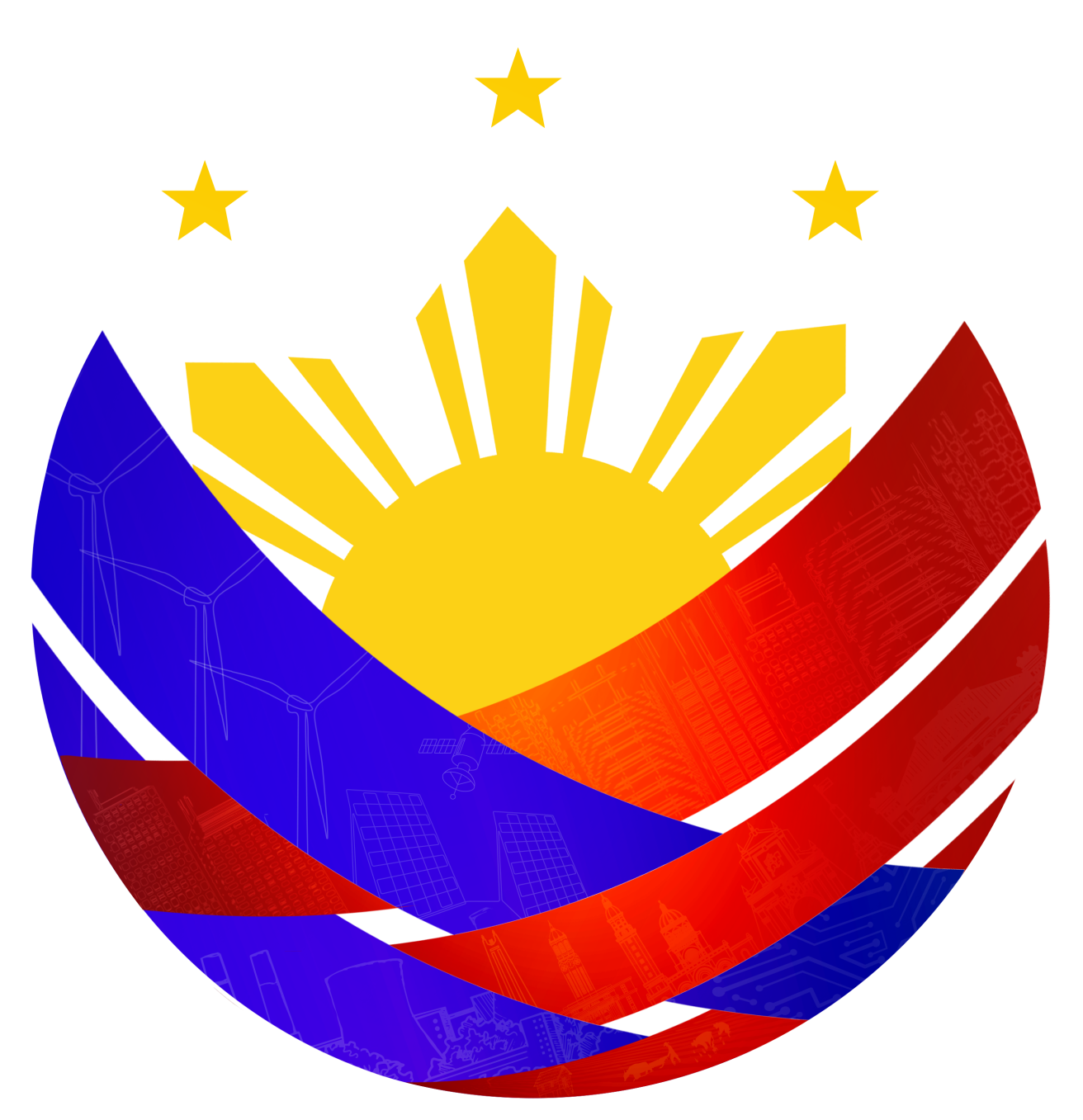
Province of Ilocos Norte
Ilocos Norte is a coastal province in the Ilocos Region (Region I) in Northern Luzon, Philippines. Known as the 'Gateway to the North,' it covers about 3,418.75 square kilometers and is composed of 2 cities, 21 municipalities, and 559 barangays. The capital of the province is Laoag City. The name 'Ilocos' comes from i-looc, meaning 'from the cove' or 'bay.' Today, Ilocos Norte is famous for its Paoay Church, Bangui Windmills, Pagudpud beaches, and rich Ilocano culture and cuisine.
History
Ilocos Norte was one of the earliest settled areas in Luzon, with its original inhabitants being the Ilocanos, known for their skills in farming and weaving. When the Spaniards arrived in the 16th century, they organized the area into a province called Ilocos, which originally included the present-day provinces of Ilocos Norte, Ilocos Sur, Abra, and La Union. Because of the large population, the province was divided in 1818, creating Ilocos Norte and Ilocos Sur. Ilocos Norte played an important role in Philippine history. It was the birthplace of Juan Luna, a world-renowned painter, and President Ferdinand E. Marcos. The province also became a center of resistance during both the Spanish and Japanese occupations. Today, Ilocos Norte is known for preserving its Spanish-era churches, heritage houses, and cultural traditions, while also embracing modern developments like wind energy through the Bangui Windmills.